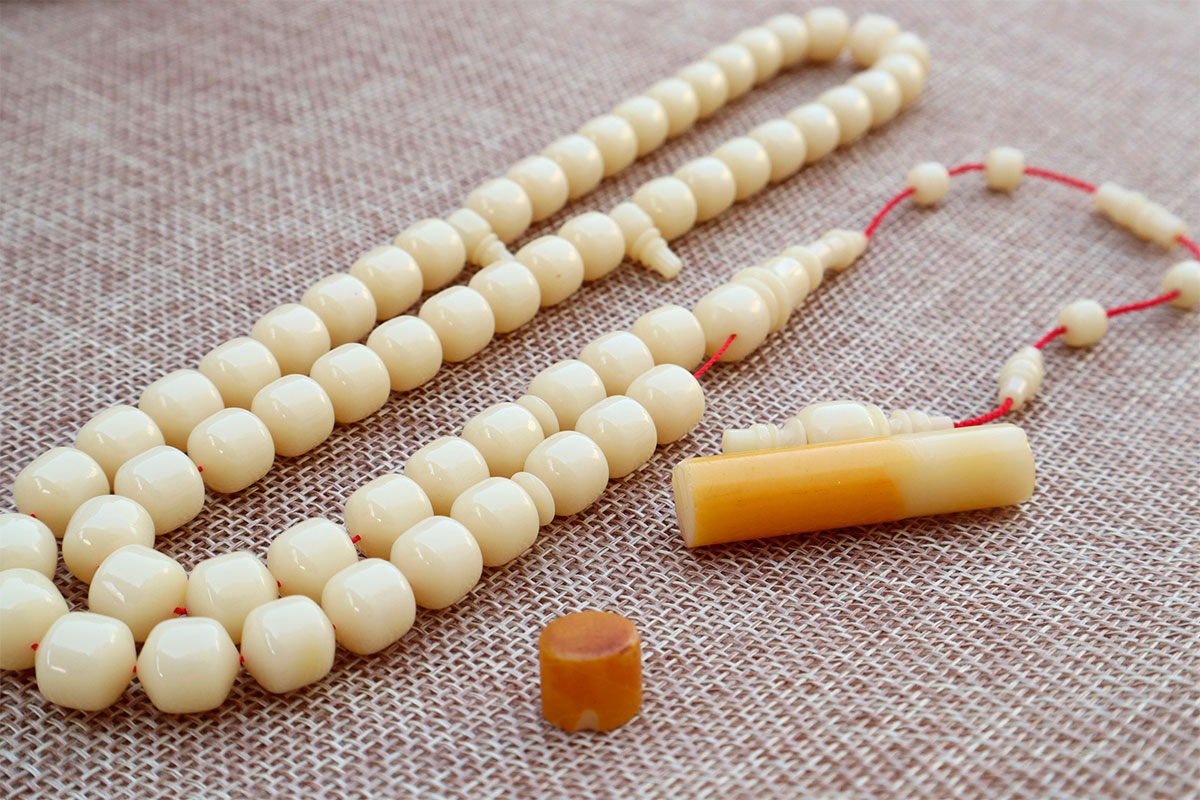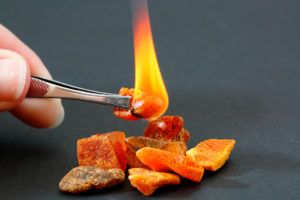Polyoxybenzylmethylenglycolanhydride, better known as Bakelite (/ˈbeɪkəlaɪt/ BAY-kə-lyte), was the first plastic made from synthetic components. It is a thermosetting phenol formaldehyde resin, formed from a condensation reaction of phenol with formaldehyde. It was developed by the Belgian chemist Leo Baekeland in Yonkers, New York, in 1907.
Bakelite was patented on December 7, 1909.
Because of its electrical nonconductivity and heat-resistant properties it became a great commercial success. It was used in electrical insulators, radio and telephone casings, and such diverse products as kitchenware, jewelry, pipe stems, children’s toys, and firearms. The “retro” appeal of old Bakelite products has made them collectible.
The creation of a synthetic plastic was revolutionary for the chemical industry, which at that time made most of its income from cloth dyes, and explosives. The commercial success of Bakelite inspired the industry to pour money into developing other synthetic plastics. In recognition of its significance as the world’s first synthetic plastic, which transformed the chemical industry, Bakelite was designated a National Historic Chemical Landmark on November 9, 1993, by the American Chemical Society.
Properties
Bakelite has a number of important properties. It can be molded very quickly, decreasing production time. Moldings are smooth, retain their shape and are resistant to heat, scratches, and destructive solvents. It is also resistant to electricity, and prized for its low conductivity. It is not flexible.
Phenolic resin products may swell slightly under conditions of extreme humidity or perpetual dampness. When rubbed or burnt, Bakelite has a distinctive, acrid, sickly-sweet or fishy odor.
Source: Wikipedia




